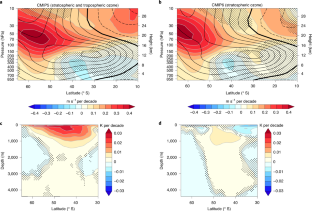2022-04-21 オークリッジ国立研究所(ORNL)
・npj Computational Materials誌に掲載されたこの研究は、人工知能の一種である反転ニューラルネットワークを用いて、柔軟性や耐熱性などの所望の特性に最適な材料を、高い化学的精度で選択するものである。
・この研究成果は、科学的設計をカスタマイズし、図面から生産ラインまでの工程を短縮するための青写真となる可能性を秘めています。
<関連情報>
- https://www.ornl.gov/news/ornl-neural-network-study-harnesses-made-order-design-pair-properties-materials
- https://www.nature.com/articles/s41524-021-00670-x
反転可能なニューラルネットワークによる2次元材料の逆設計 Inverse design of two-dimensional materials with invertible neural networks
Victor Fung,Jiaxin Zhang,Guoxiang Hu,P. Ganesh & Bobby G. Sumpter
npj Computational Materials Published: 09 December 2021
DOI:https://doi.org/10.1038/s41524-021-00670-x

Abstract
The ability to readily design novel materials with chosen functional properties on-demand represents a next frontier in materials discovery. However, thoroughly and efficiently sampling the entire design space in a computationally tractable manner remains a highly challenging task. To tackle this problem, we propose an inverse design framework (MatDesINNe) utilizing invertible neural networks which can map both forward and reverse processes between the design space and target property. This approach can be used to generate materials candidates for a designated property, thereby satisfying the highly sought-after goal of inverse design. We then apply this framework to the task of band gap engineering in two-dimensional materials, starting with MoS2. Within the design space encompassing six degrees of freedom in applied tensile, compressive and shear strain plus an external electric field, we show the framework can generate novel, high fidelity, and diverse candidates with near-chemical accuracy. We extend this generative capability further to provide insights regarding metal-insulator transition in MoS2 which are important for memristive neuromorphic applications, among others. This approach is general and can be directly extended to other materials and their corresponding design spaces and target properties.



